Money math
Financial literacy resources for elementary students
Discover engaging resources that use real-world money concepts to teach essential math and financial literacy skills. These step-by-step lesson plans, hands-on activities, worksheets and answer keys are linked to Canadian curricula for students in kindergarten to Grade 8 (Secondary 2).
Kindergarten to Grade 2
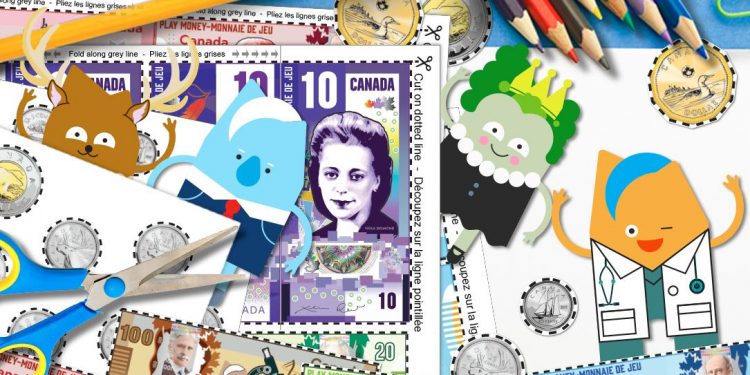
Printable play money
Practise counting and making change with Canadian money. Print, cut and use our realistic play money to practise saving, spending and recognizing coins and bank notes.
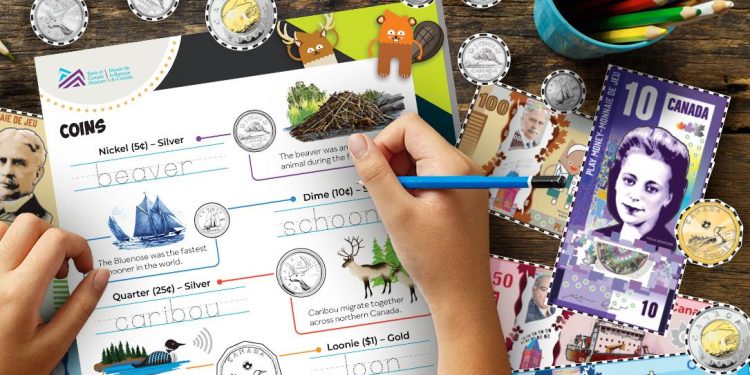
Exploring coins and bank notes
Identify symbols and denominations on coins and bank notes. Our printable worksheets will introduce young learners to Canadian money.
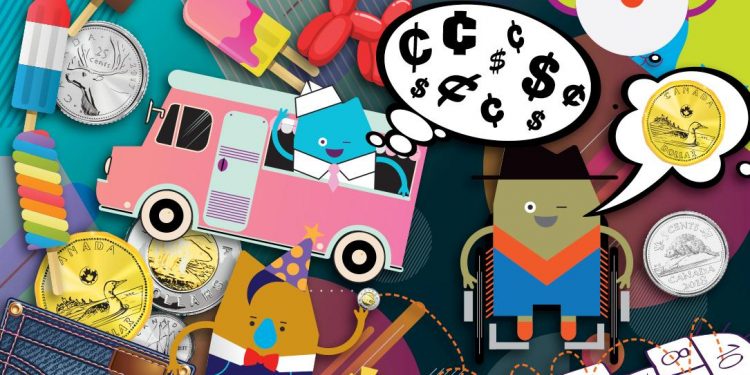
Counting money and making change
Use money for skip counting and begin making change in different ways. Engaging worksheets will introduce elementary students to Canadian money and math.
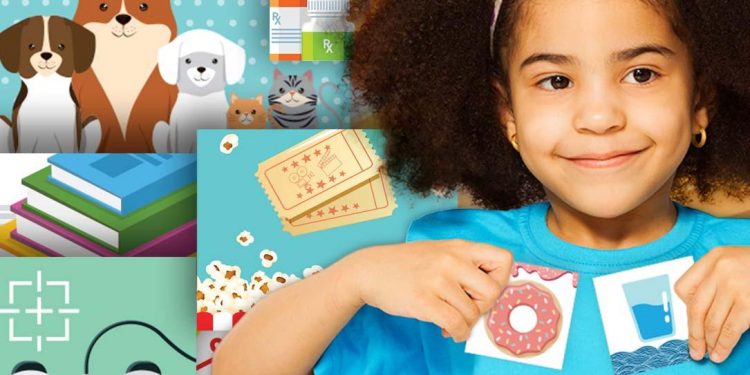
Needs or wants? That is the question!
Determine if something is a want or a need by sorting a stack of cards featuring different expenses. Use this hands-on activity to sharpen decision-making skills and financial literacy.
Grade 3
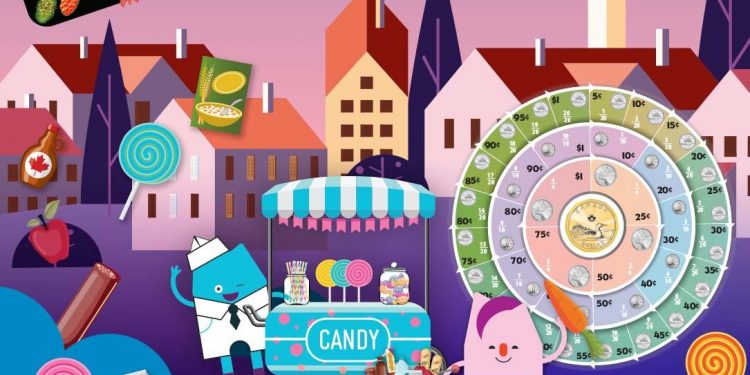
Representing money in many ways: Addition, fractions and equivalents
Practise adding and making change. Worksheets introduce decimals and fractions using Canadian money.
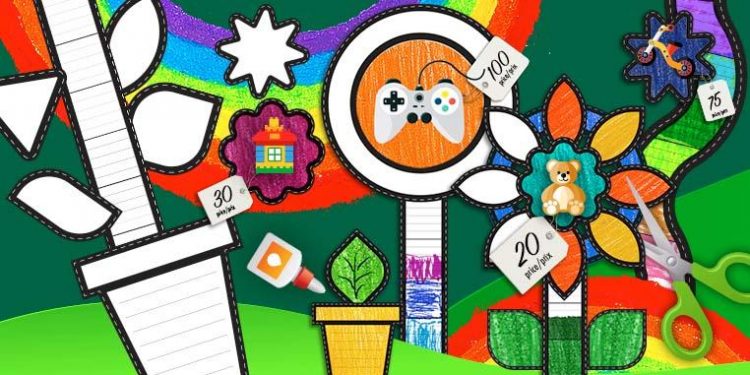
Growing your savings
Help your child learn about setting financial goals. Use a plant diagram to visually track their progress to save up for a special item.
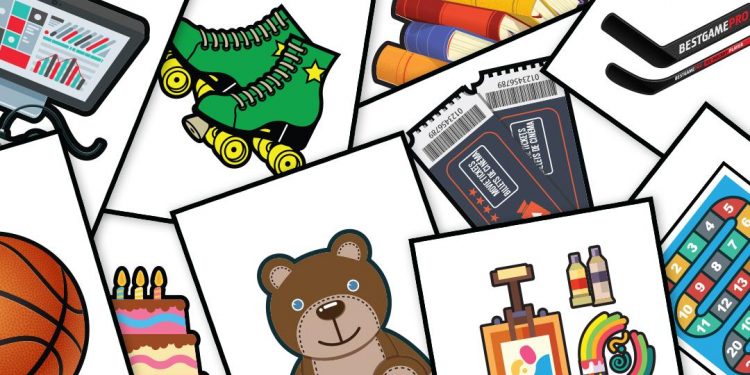
Trade rules
Introduce three key economic concepts: consumers and producers, goods and services, and trade. This hands-on game explores the benefits of trade.
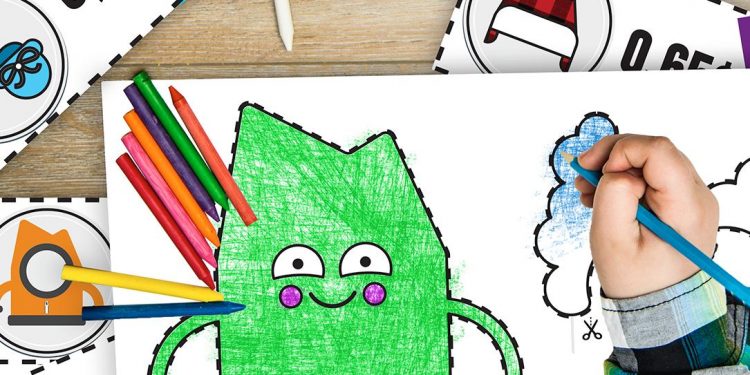
Avatar market
Organize a paper doll shop where students are given a budget to dress their character. Teach them to make financial decisions and calculate change with Canadian money.
Grade 4
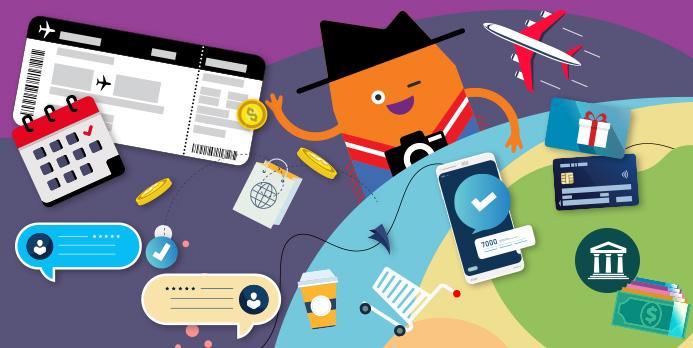
Exploring payment methods
Compare different payment methods, such as credit, debit and cash. This lesson plan uses a quiz, group work and scenarios to boost financial literacy.
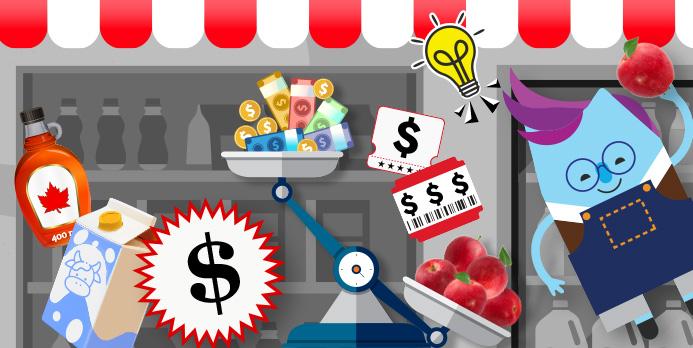
Value for money: Determining unit price
Calculate unit prices and compare value for money. Use real-life shopping scenarios to determine if something is a real deal.

Budgets: Math for life
Introduce budgeting concepts and best practices by planning an event. Students will build skills with fractions, decimals and percentages using worksheets and hands-on activities.
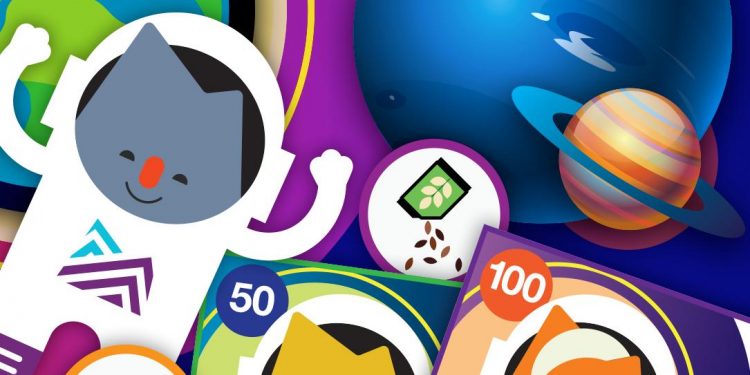
Trading Planets
Learn about the role of currency and free trade in this interactive game. Split your class into two planetary delegations to trade with each other and score points.
Grade 5
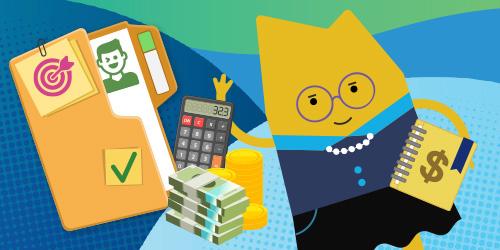
Entrepreneurship: Kids edition
Turn your students into young entrepreneurs as they explore business basics, budgeting and marketing. Pitching their own creative ideas is a fun way to build real-world skills and confidence.

Saving and spending
Develop positive financial habits through a saving and spending game and a goal-setting activity with real-life scenarios.

The economics of suppertime
Prepare a meal while factoring in a balanced budget and a balanced meal. This meal-planning activity is great for building healthy eating and financial habits.
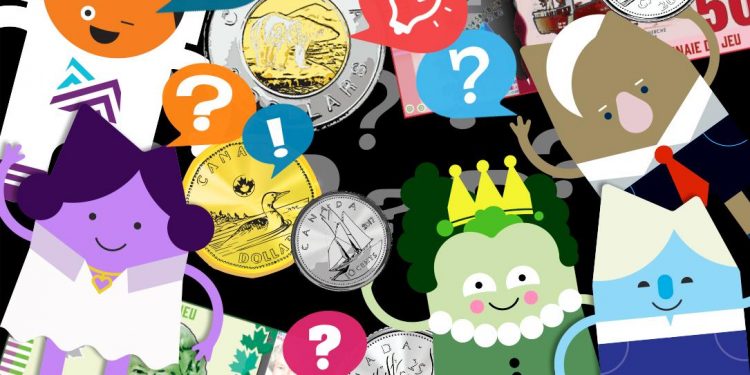
Understanding Money: Common Questions
Answer your students’ money questions with this comprehensive FAQ. Explore money history, symbolism and more to kickstart a class discussion or money inquiry project.
Grades 6 to 8
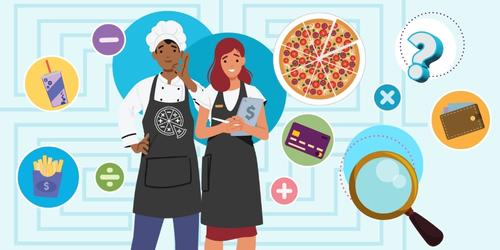
Escaping debt: The risks and benefits of borrowing
Unlock financial literacy with challenging puzzles in this classroom escape room. Students will explore financial risk, credit scores, debt and interest with worksheets and an interactive game.
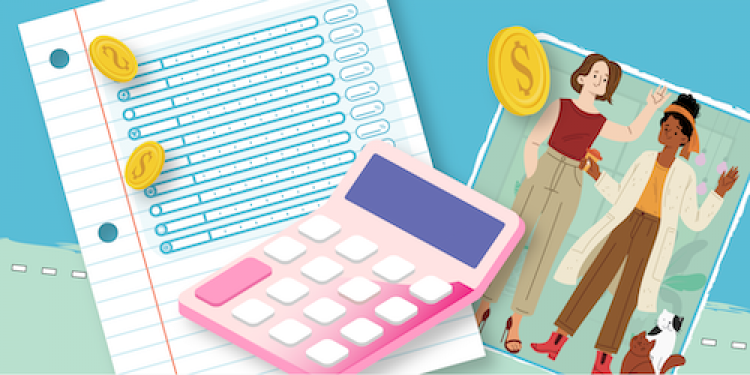
Building budgets
Balance a monthly budget for a household and learn some financial saving and spending tips along the way.
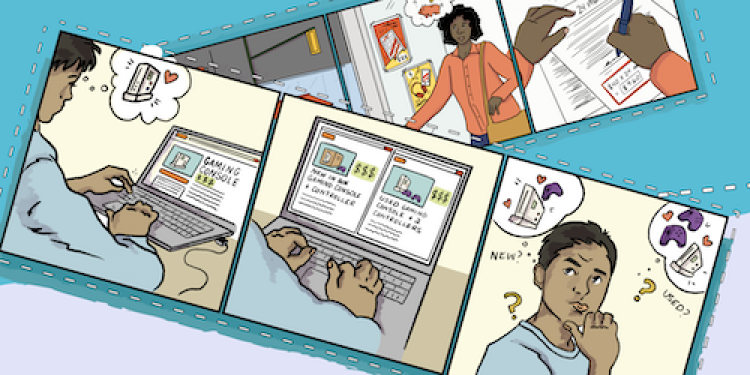
Thinking like an economist
Introduce your students to foundational economic concepts using everyday examples.

Making sense of currencies
Convert different global currencies using cross-multiplication and mental math. This worksheet introduces students to global e-commerce and exchange rates.
